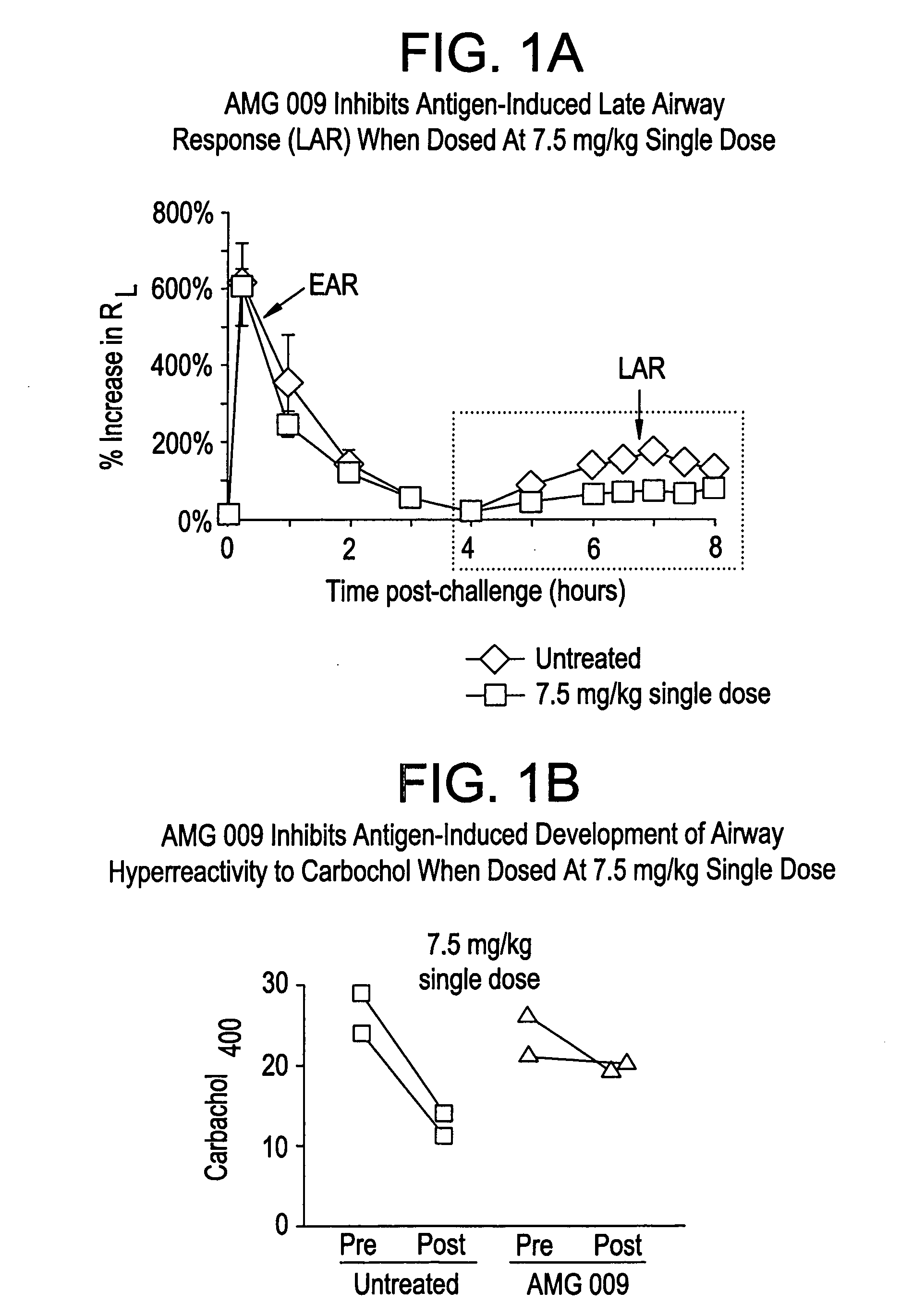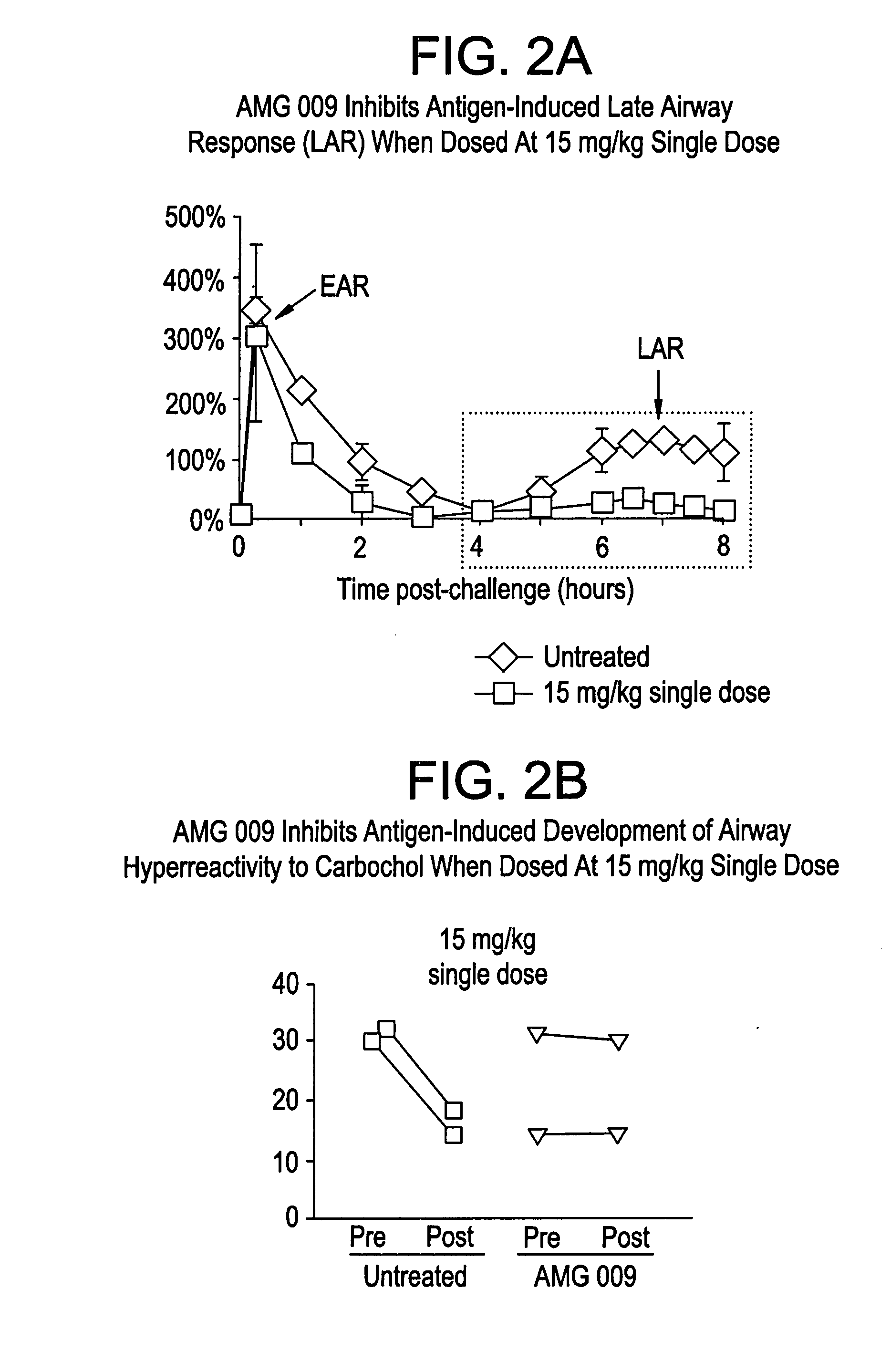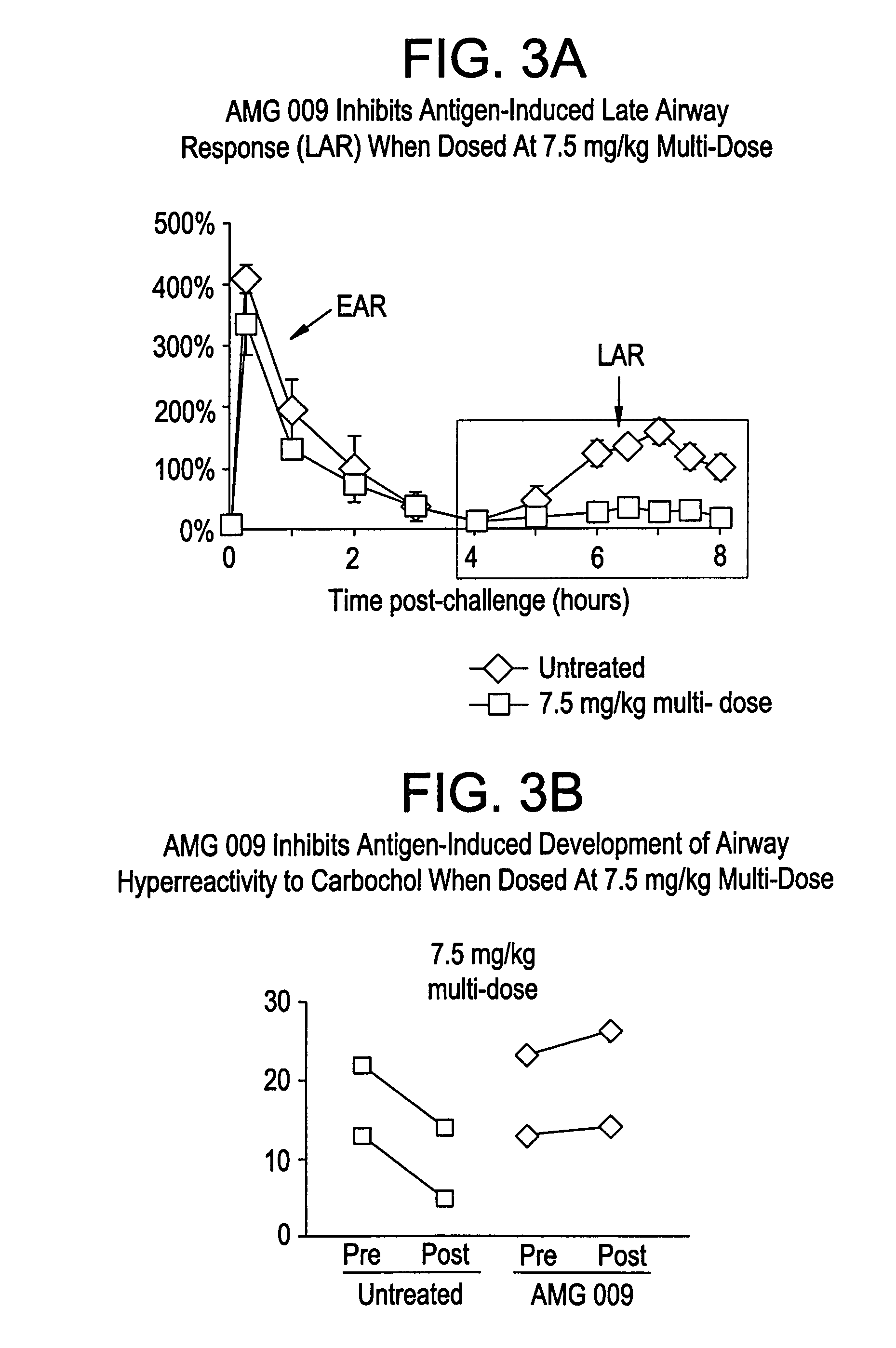Phenyl acetic acid derivatives as inflammation modulators
a technology of phenyl acetic acid and derivatives, which is applied in the direction of immunological disorders, drug compositions, peptide/protein ingredients, etc., can solve the problems of pain, function loss, tissue or organ damage,
- Summary
- Abstract
- Description
- Claims
- Application Information
AI Technical Summary
Benefits of technology
Problems solved by technology
Method used
Image
Examples
example 1
[0155]
2-(4-(4-(tert-butylcarbamoyl)-2-(2-chloro-4-cyclopropylphenylsulfonamido)phenoxy)-2,5-difluorophenyl)acetic acid (A)
[0156]
[0157]1-Allyl-2,5-difluoro-4-methoxybenzene (A.2). Under Argon atmosphere, the mixture of compound A.1 (5 g, 22.4 mmol) and allyltributyltin (8.91 g, 27 mmol) in the presence of Pd(PPh3)4 (2.59 g, 2.24 mmol) in anhydrous DMF (100 ml) was stirred at 110° C. for 4 hours. The solution was diluted with ethyl acetate and then filtered. The filtrate was washed with water and brine, dried over Na2SO4 and concentrated in vacuo. The residue was purified by flash chromatography (silica gel, 100% hexane eluent) to give compound A.2 (4.0 g, 97%). 1H NMR (400 MHz) (CDCl3) δ 7.30 (d, J=13.7 Hz, 1H); 7.19 (d, J=7.8 Hz, 1H); 5.87-5.97 (m, 1H); 5.07-5.12 (m, 2H); 3.91 (s, 3H); 3.33 (d, J=6.45 Hz, 2H)
[0158]2-(2,5-Difluoro-4-methoxyphenyl)acetic acid (A.3). To a solution of compound A.2 (4.0 g, 22 mmol) in a mixed solvent (CCl4:CH3CN:H2O=1:1:1.5, 350 ml), NaIO4 (23.25 g, 22 m...
example 13
[0183]
2-(4-(4-(tert-butylcarbamoyl)-2-(2-chloro-4-(trifluoromethoxy)phenylsulfonamido)phenoxy)-5-chloro-2-fluorophenyl)acetic acid (D)
[0184]
[0185]tert-butyl 2-(4-(4-(tert-butylcarbamoyl)-2-(2-chloro-4-(trifluoromethoxy)phenylsulfonamido)phenoxy)-5-chloro-2-fluorophenyl)acetate (D.1). Sulfonylation of the aniline C.4 was carried out according to the method of Example C (Scheme C.5). Ester D.1 was obtained as a light yellow glassy solid in 84% yield. 1H NMR (500 MHz) (CDCl3) □ 8.10 (d, J=8.8 Hz, 1H); 7.96 (s, 1H); 7.67 (s, 1H); 7.47 (dd, J=2.1, 8.5 Hz, 1H); 7.39 (d, J=7.4 Hz, 1H); 7.27 (s, 1H); 7.19 (dd, J=1.0, 8.8 Hz, 1H); 6.64 (d, J=8.6 Hz, 1H); 6.39 (d, J=9.6 Hz, 1H); 5.91 (s, 1H); 3.57 (s, 2H); 1.49 (s, 9H); 1.48 (s, 9H).
[0186]2-(4-(4-(tert-butylcarbamoyl)-2-(2-chloro-4-(trifluoromethoxy)phenylsulfonamido) phenoxy)-5-chloro-2-fluorophenyl)acetic acid (D). Hydrolysis of the tert-butyl ester was carried out according to the method of Example C (Scheme C.6). Acid D was obtained as a ...
example 14
[0187]
2-(4-(4-(tert-butylcarbamoyl)-2-(2-chloro-4-cyclopropylphenylsulfonamido) phenoxy)-5-chloro-2-fluorophenyl)acetic acid (C)
[0188]
[0189]4-bromo-2-chloro-5-fluorophenol (C.1). 2-Chloro-5-fluorophenol (24.1 g, 165 mmol) was dissolved in anhydrous chloroform (200 mL), heated to 75° C. and treated with a solution of bromine (8.5 mL, 165 mmol) in anhydrous chloroform (40 mL) added dropwise over 5 minutes. After 3 hours the reaction was treated with additional bromine (1.7 mL, 33 mmol) in anhydrous chloroform (15 mL) and stirred at 75° C. After 2 hours, the reaction was cooled to room temperature and treated with dichloromethane (300 mL) and Na2S2O3 (100 mL, saturated aqueous solution). After mixing vigorously, the layers were separated and the organic layer was dried over MgSO4, filtered and concentrated under reduced pressure. The resulting yellow liquid was purified by vacuum distillation. Compound C.1 (22.3 g, 60%) was obtained as a colorless liquid. LC-MS ESI (neg.) m / e: 224.9 (M...
PUM
| Property | Measurement | Unit |
|---|---|---|
| thermal transition | aaaaa | aaaaa |
| DSC | aaaaa | aaaaa |
| pharmaceutical composition | aaaaa | aaaaa |
Abstract
Description
Claims
Application Information
 Login to View More
Login to View More - R&D
- Intellectual Property
- Life Sciences
- Materials
- Tech Scout
- Unparalleled Data Quality
- Higher Quality Content
- 60% Fewer Hallucinations
Browse by: Latest US Patents, China's latest patents, Technical Efficacy Thesaurus, Application Domain, Technology Topic, Popular Technical Reports.
© 2025 PatSnap. All rights reserved.Legal|Privacy policy|Modern Slavery Act Transparency Statement|Sitemap|About US| Contact US: help@patsnap.com



